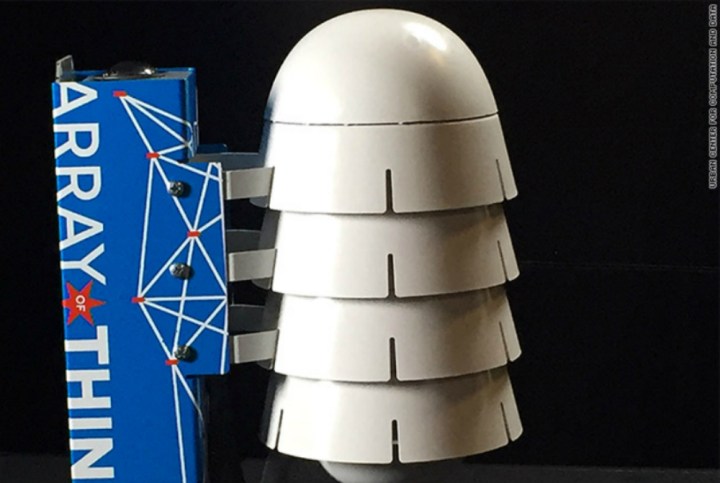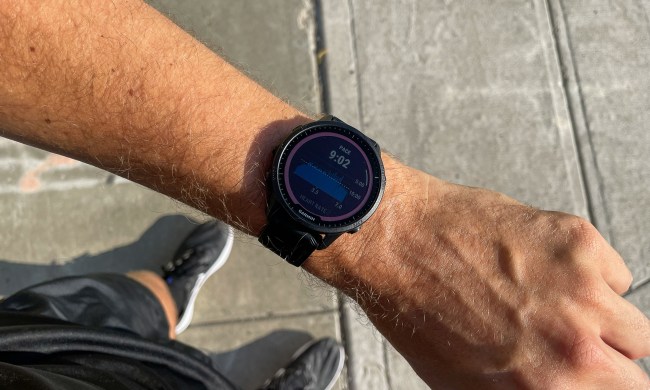
The Array of Things is funded by the National Science Foundation (NSF). The computers, which are referred to as nodes, will be mounted on traffic poles. The first group will be installed in the Pilsen neighborhood because an interstate highway passes directly through it. Some nodes will be placed adjacent to the highway, others near factories.
Eventually, the program calls for a total of 500 nodes to be installed by the end of 2018. Each node costs from $1,200 to $1,600.
The nodes can collect a wide range of environmental data. The list includes pedestrian and vehicle traffic, nitrogen dioxide, carbon monoxide, ozone, hydrogen sulfide, sulfur dioxide, air and surface temperature, humidity, barometric pressure, cloud cover, haze, vibrations, and sound and light intensity.
The city hopes that by tracking public health risks it will be better able to make informed decisions. For example, bus routes might be changed so kids on the way to school wouldn’t travel through the most heavily polluted areas.
“Better data means better outcomes,” said Chicago’s chief information officer, Brenna Berman.
The data from the air quality tracking nodes will also be open-sourced. The Array of Thing’s lead investigator, Charlie Catlett, said that various agencies and companies accessing the data might use it in issuing construction permits or understanding neighborhood noise levels. He also conjectured on comparing air quality levels with 911 calls to see if there is a correlation.
Catlett, who is also a director of the Urban Center for Computation and Data, said, “Kids could focus on getting their school work done, rather than making sure they have their asthma medication.”



